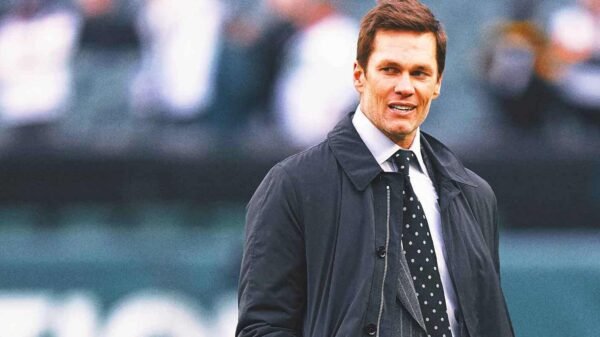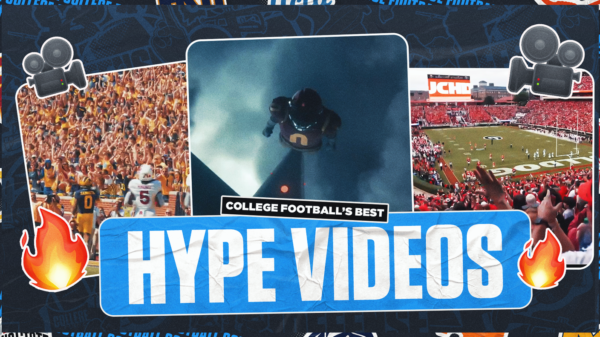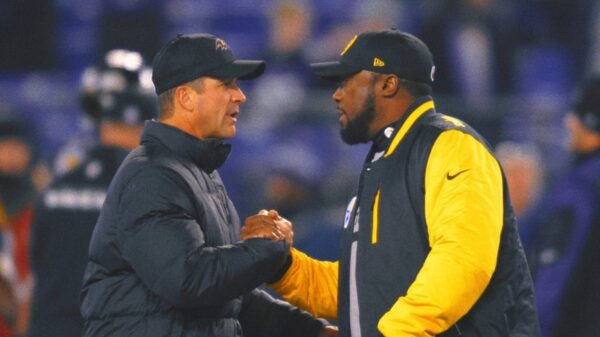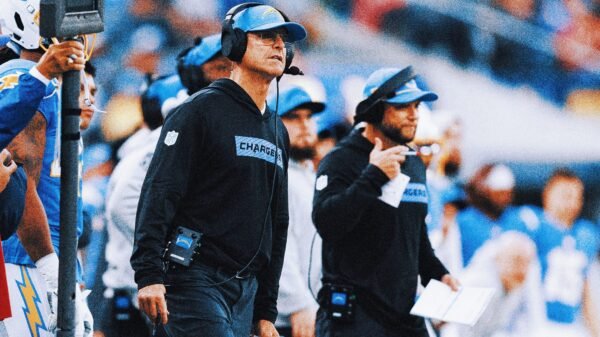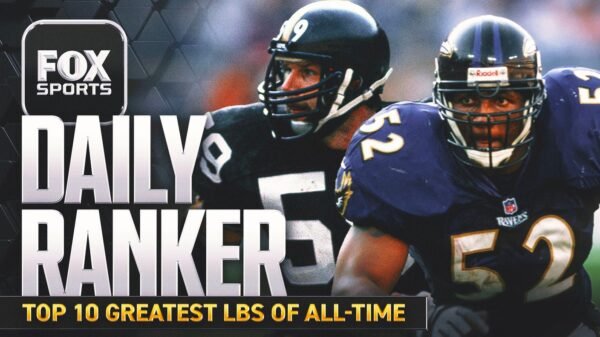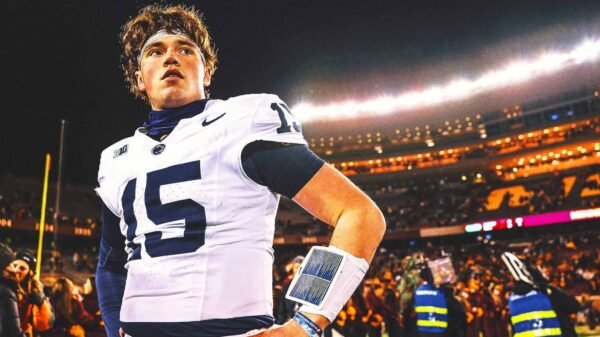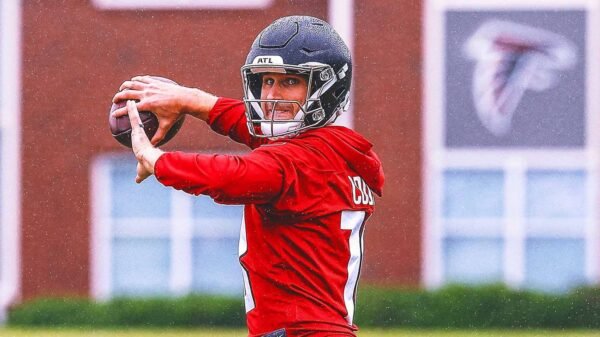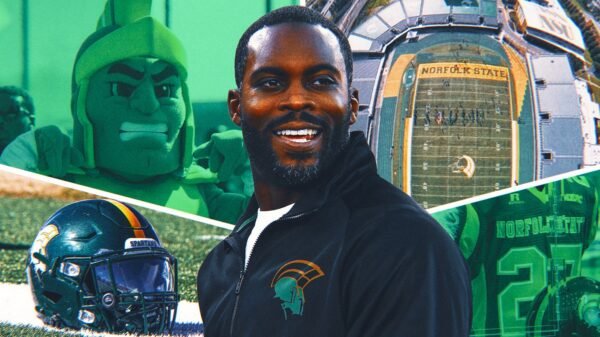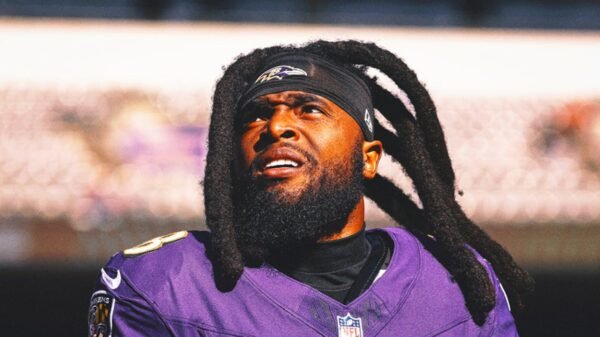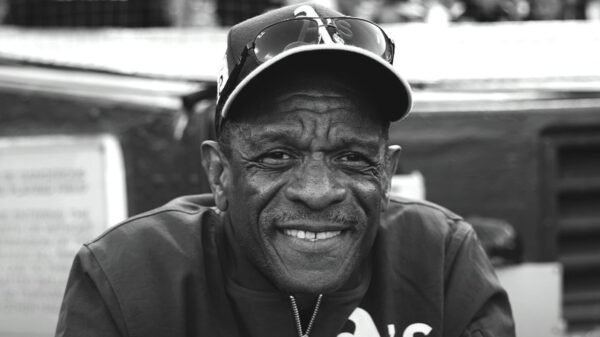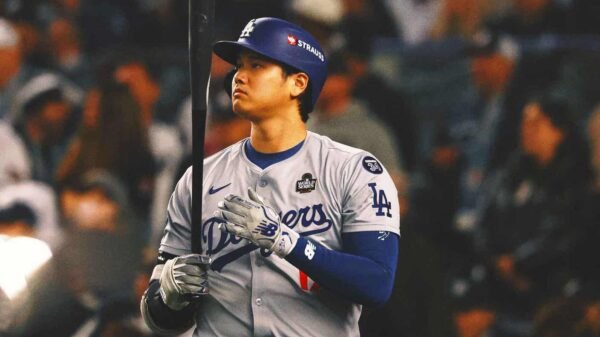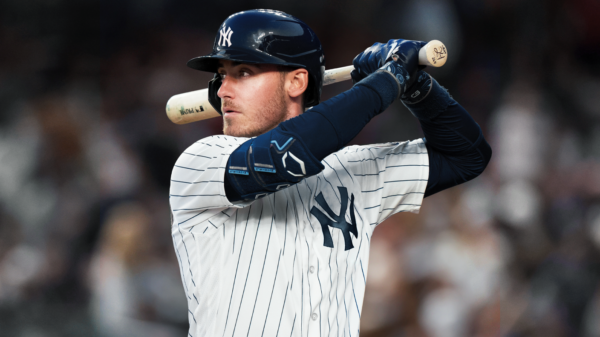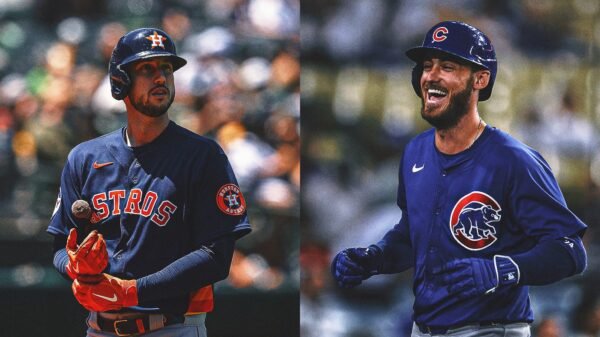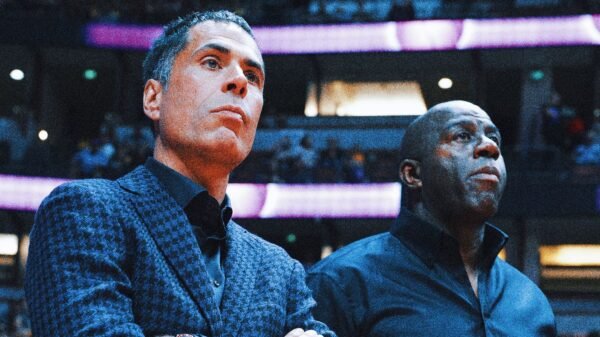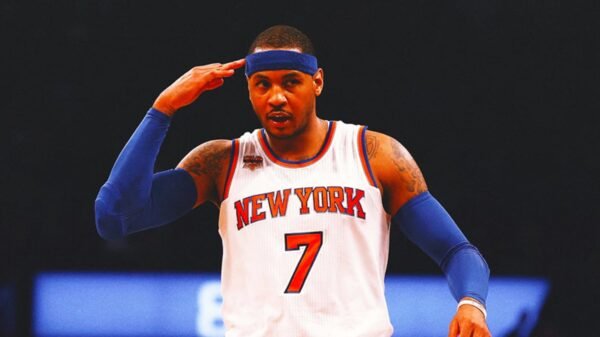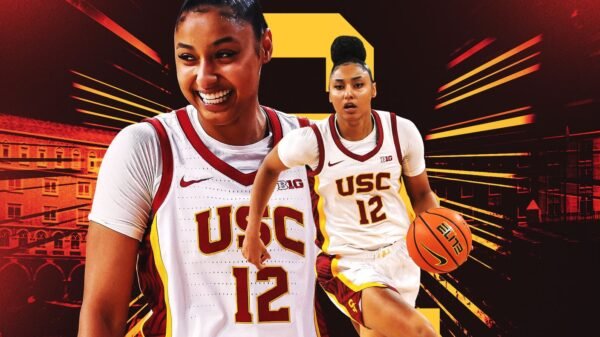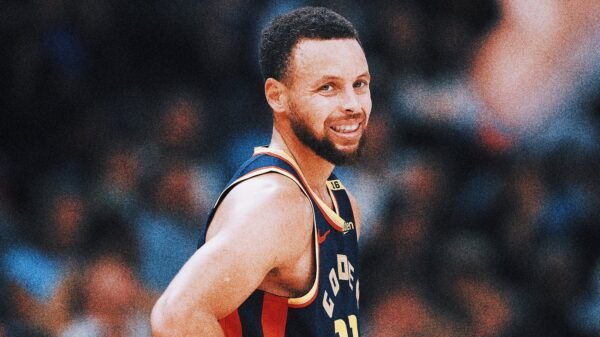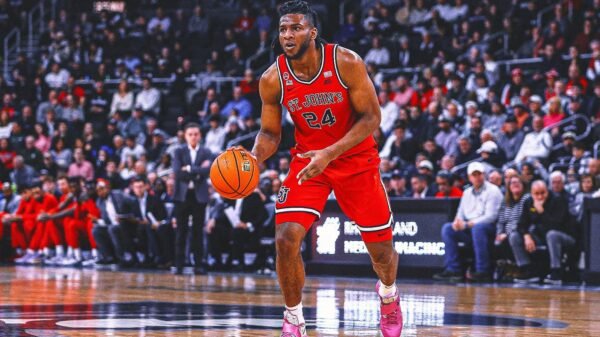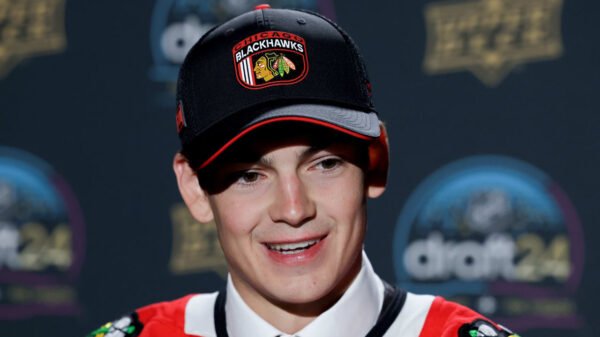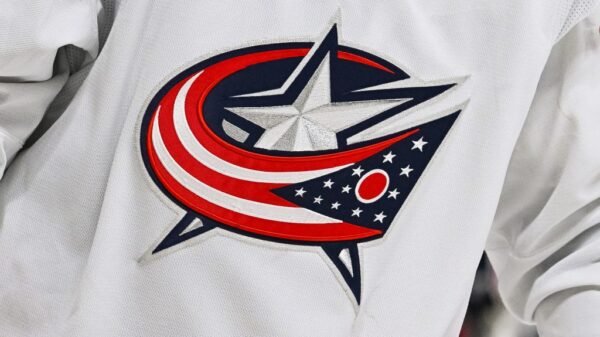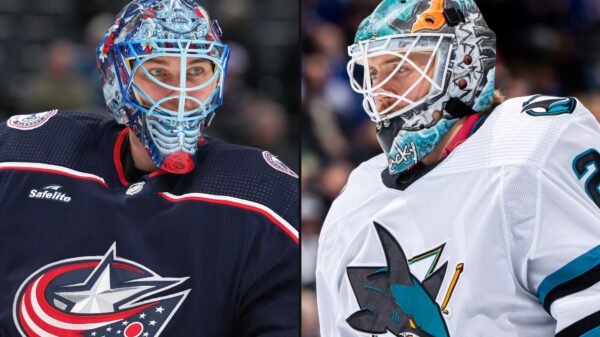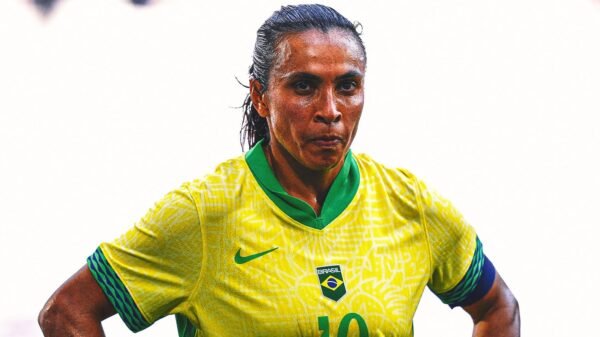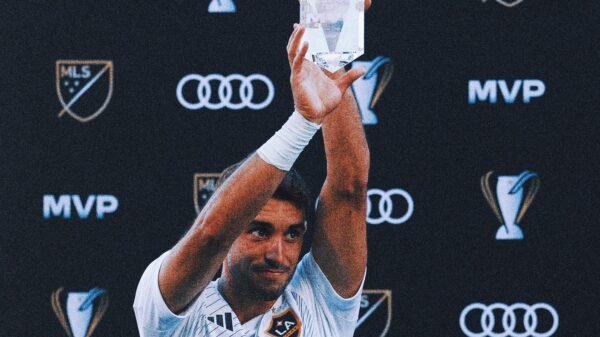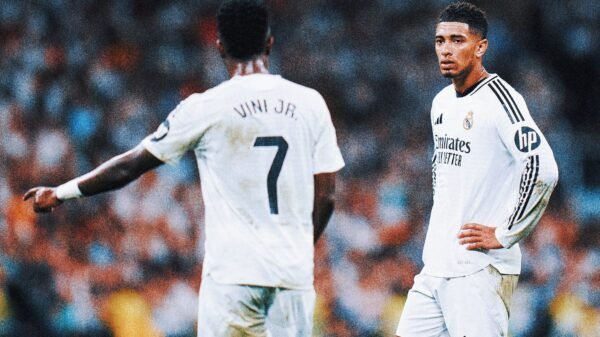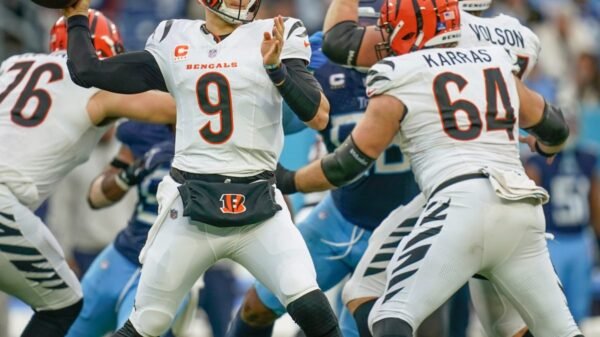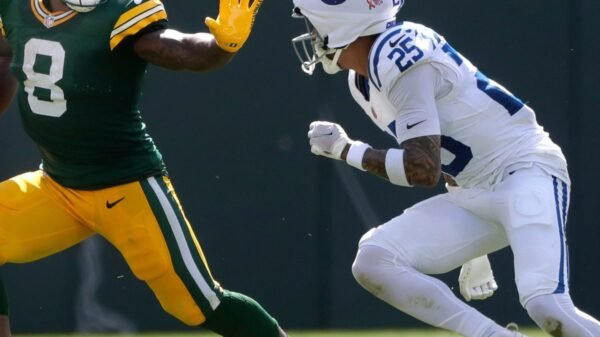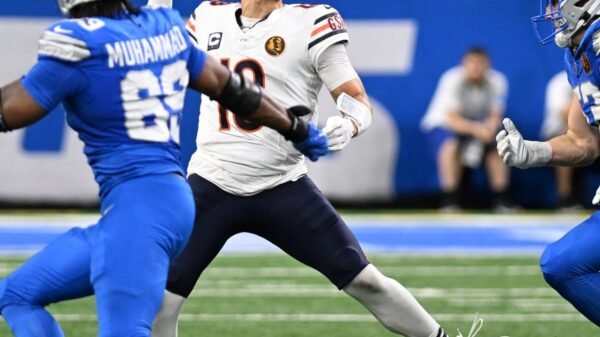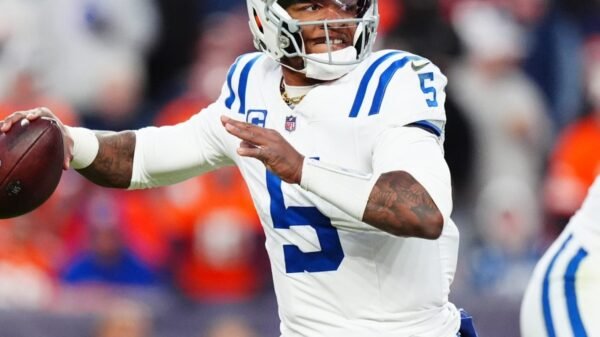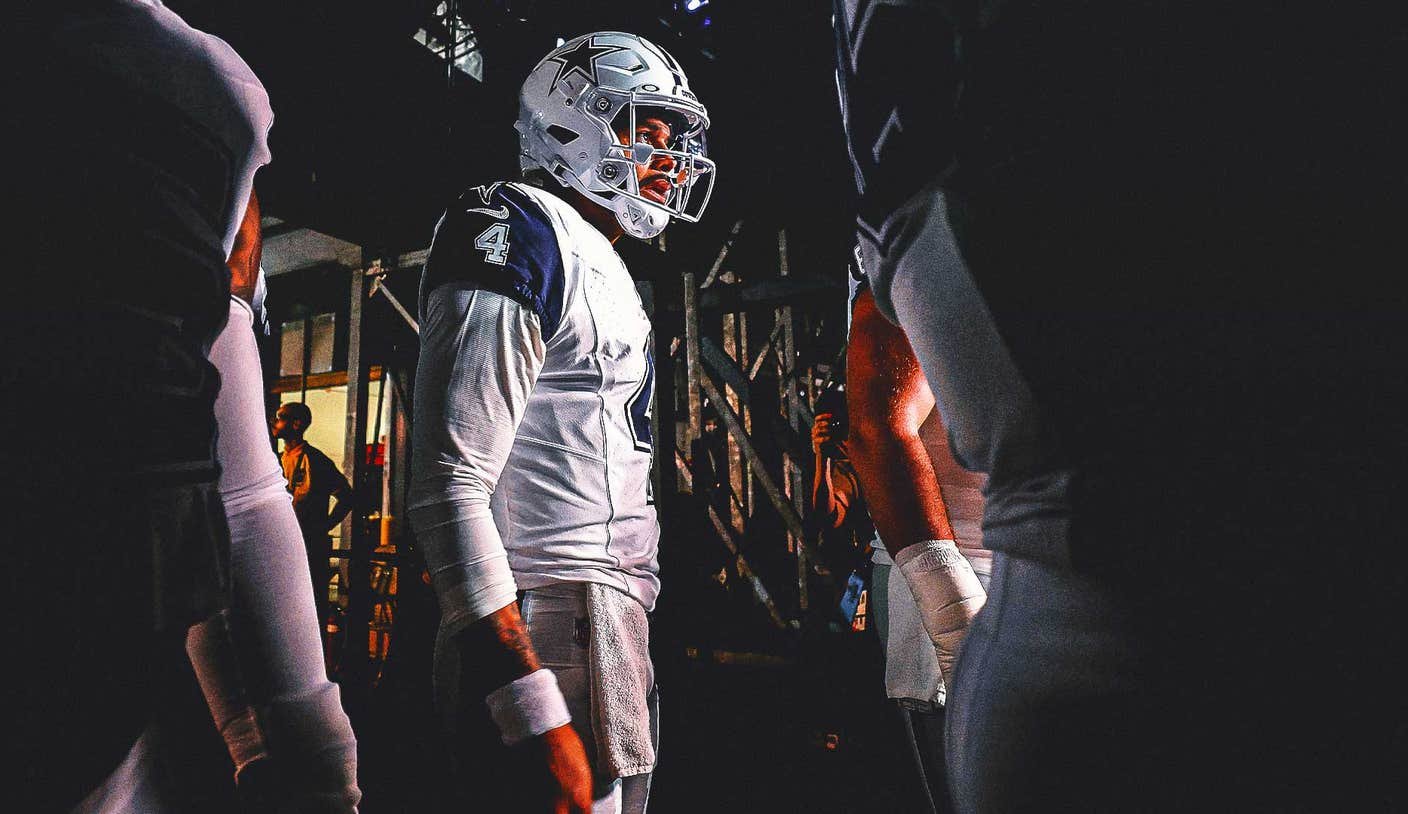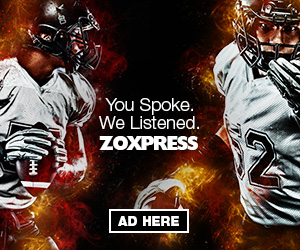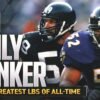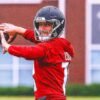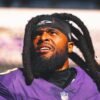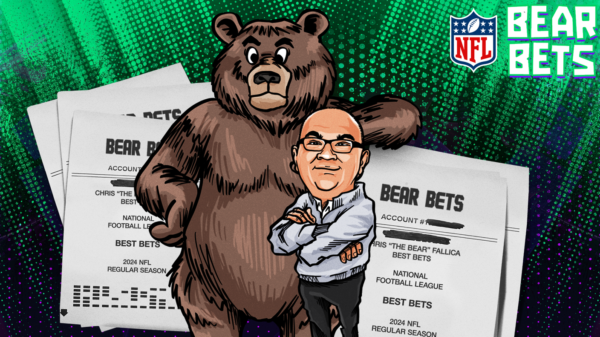Don’t blame Dak Prescott for a Cowboys mess he didn’t create directly. Following another defeat for the Dallas Cowboys on Sunday night, Prescott, as a true leader, took responsibility. He made it clear that any criticism should fall on his shoulders.
And the public was quick to oblige.
Some of this criticism may be justified, especially considering it has been just 49 days since Prescott inked a record four-year, $240 million deal, with $231 million guaranteed. Since then, he has thrown eight interceptions in just seven games, a statistic that raises eyebrows. Prescott was expected to guide the team to the Super Bowl, making it hard not to point fingers at him for the Cowboys’ disappointing 3-4 record.
However, it is essential to recognize that the turmoil in Dallas is not solely Prescott’s doing.
This should not come as a shock, given the Cowboys’ well-documented issues that have persisted since March when they failed to replace key players lost to free agency. The team continues to struggle with a nonexistent running game, an inability to defend against the run, and a lack of reliable receivers. These problems were evident before the season even began, leading to an 0-3 home record and jeopardizing playoff aspirations with recent losses.
The focus on Prescott is unlikely to wane, particularly due to his hefty contract and the alarming trend of throwing two interceptions in three consecutive games. His performance has dipped significantly compared to last year, completing only 63.7 percent of his passes—the lowest rate since 2017—accumulating 1,845 yards, 10 touchdowns, and eight interceptions. If this pattern continues, it could mark the worst statistical season of his career.
Even Prescott expressed his frustration, stating he is “frustrated with myself about my play” after another two-interception game in a 30-24 loss to the San Francisco 49ers. Yet, what he did not explicitly mention is that these interceptions often stem from the chaos surrounding him.
He understands, as should everyone, that the Cowboys’ chances of winning hinge on his performance. Moreover, he knows that the primary support he has comes from his $136 million receiver, CeeDee Lamb.
This reality leads to Prescott forcing throws that he might otherwise avoid, as he lacks viable options on most plays. Without a dependable running game to alleviate pressure, he enters every play, particularly in critical moments, acutely aware that if he doesn’t make a play, no one else will.
Consider the interception he threw in the third quarter against the 49ers while deep in his own territory with the game still within reach. Prescott labeled it “as boneheaded of an interception as I feel like I’ve had,” and he may be right.
Yet, the context matters. It was 3rd-and-4 from the Dallas 17, early in the third quarter, with the Cowboys trailing 13-10. The offense was stagnant, and they could not rely on a rushing attack that had been ineffective. They needed a spark, and they turned to the only option available.
When Prescott released the ball, he faced pressure from two defenders. Meanwhile, Lamb had managed to create separation, getting three yards ahead of cornerback Deommodore Lenoir. The safety was out of position, covering another player. In essence, Lamb was open. Prescott’s only misstep was not delivering the throw with enough power, compounded by a poorly designed play that forced him to awkwardly shift his body to make the throw.
This does not absolve Prescott of blame; he certainly acknowledges his role in the mistakes.
To win games, the Cowboys need significant plays, even medium ones. If Lamb is open, what other options does Prescott have? What alternative big-play opportunities exist for the Cowboys?
Prescott lacks the support necessary to succeed. Jerry Jones’ decision to pass on acquiring Derrick Henry for $9 million guaranteed and his reluctance to trade for available receivers like Davante Adams, Amari Cooper, DeAndre Hopkins, or Diontae Johnson leaves Prescott with little choice but to rely on Lamb. This situation will persist for the remainder of the season.
As a result, Prescott will continue to force plays. Occasionally, this will yield success, as seen in his late-game comebacks against the Ravens and 49ers when defenses were relaxed. More often than not, however, it places the Cowboys in precarious situations. He cannot afford to play conservatively, as the Dallas offense lacks the capacity to function that way.
This creates a dilemma; the Cowboys cannot win if he keeps throwing interceptions. Prescott is acutely aware of this reality.
“Once again, we put ourselves behind in the turnover battle and that’s on me,” he stated. “Can’t have that if you’re planning to win games. I’ve got to clean that up, period.”
While he recognizes the need for improvement, achieving this goal is challenging when the offense operates with only one effective component. Prescott finds himself in a “gunslinger” role, compelled to take risks. It’s a high-stakes game that has placed the Cowboys in a difficult position.
Ultimately, this is the situation Prescott faces. It is not the scenario he would have preferred. He would undoubtedly benefit from a stronger supporting cast. Yet, he must continue to take risks and play the hand he has been dealt. He has to be all in.

